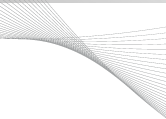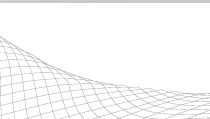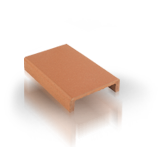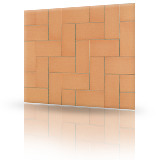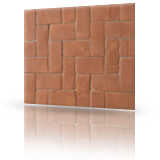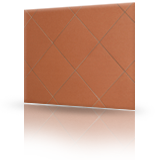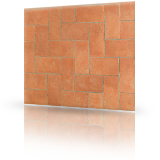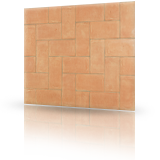WASHING
This operation is fundamentally important to the success of the following treatment step, and must not be carried out until the bo nding interface has dried (20-30 days are needed typically for cement mortar, and 10-15 days for tile adhesive, depending on weather and seasonal conditions).
1) Wet the floor with water and wash down, then proceed to rub the surface with a Buffered Acid for a few minutes. Be sure to remove all traces of lime, cement or adhesive from the tiles.
2) Rinse the surface thoroughly (until the water runs off clean), and before the floor has time to dry after being cleaned with acid.
TREATMENT USING LIQUID WAXES
Treatment is carried out on the floor when dry (the room should be well aired during these operations, even in winter, so that moisture can evaporate more easily);
the floor will need between 3 and 10 days to dry after being washed, depending on the season, the type of cotto and the method of installation.
There are many types of treatment, and no lack of good proprietary products available, traditional and modern alike.
Traditional treatment using paste wax:
1) Using a sponge or flat brush, spread a first coat of wax (liquid consistency, serving to impregnate and level the tile surface)
2) Wait 24 hours, then apply a more creamy coat of wax, this time working-in with a brush to ensure the product is absorbed by the tiles.
3) Wait 48 hours, then apply a second creamy coat of wax.
Treatment using liquid waxes:
With these products, the procedure is much simpler than with traditional paste waxes.
Liquid waxes are self-levelling and
self-polishing water emulsions applied in successive coats with a brush or rag (no "elbow grease" required).
MAINTENANCE
The floor will now need no further treatment, but it can be freshened up periodically, depending on the level of wear and tear, with a proprietary liquid wax available from stores everywhere.
For normal cleaning purposes, use neutral detergents or simply wash with clean water.





